Translate This Page
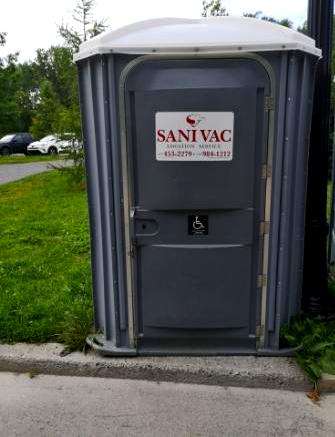
Photos by Reisa Stone for RAMP
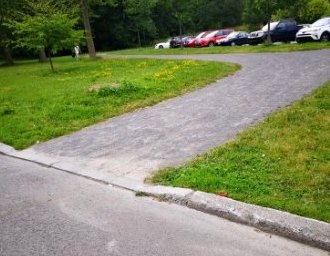
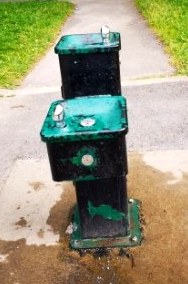
Photo on right
"Frite Alors restaurant on St. Denis told me they were accessible. I had my meal, then looked around for the washroom. Certainly, there was a sign pointing to an accessible washroom. Which was at the top of a flight of stairs. They did not seem to think there was anything strange about it.
This 'accessible but not accessible' issue seems to be prevalent around Montreal. The other one I know well, is that many people with disabilities may have accessible housing, but from their public sidewalk onwards, their neighbourhood is inaccessible. No curb cuts, no ramps to other buildings, no audible signals at crossings.
I even feel I am fortunate to have a somewhat accessible neighbourhood. Many other people become isolated from society, because they simply cannot leave their homes."
Note: upon visiting the Frite Alors on St. Denis, the entrance is now also inaccessible.
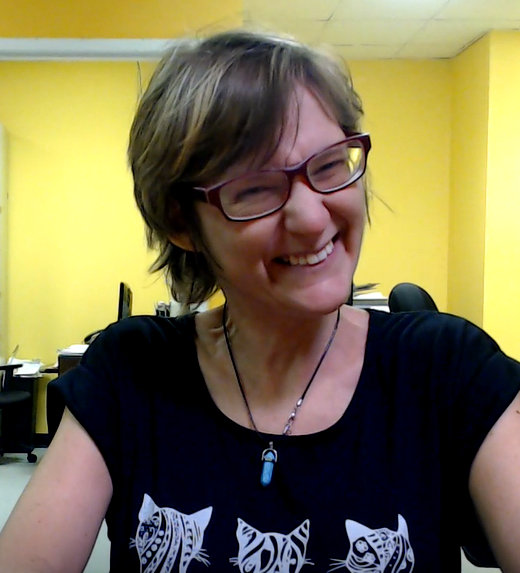
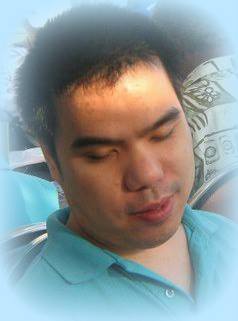
Photo below: a detail of an obstacle to crossing the intersection. Multiple signs & an orange warning pole.
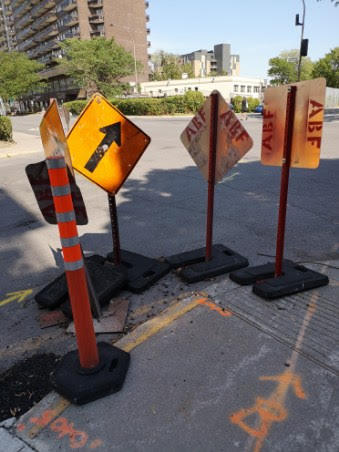
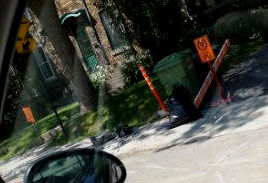
Simon Wong
"For the
most part, getting around as a blind person is challenging and stressful. I am not sure what to do about it. I’ve never been able to
go anywhere,
not even around the neighborhood, even when I was living with my parents, adapted transit or someone who can help me across the street,
because not all street corners have audible pedestrian signals so that blind
people can cross independently. Also, because of my balance issues on surfaces
that are not even, it was suggested to me by the rehab centre,
due to the condition of the sidewalks and the streets, it
was evaluated for my safety I should use adapted transport strictly, and to
practice using my cane indoors at a mall on a regular basis. But I don't go
very often because I don't always have things to buy.
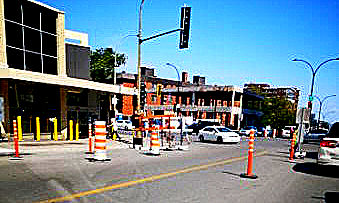
Don’t get
me wrong, the adapted transport is a good service, but where I find its
stressful is in the following incidents: It’s not really
convenient to do small errands like going to the bank or pharmacy where it
takes only a few
minutes, the rest of the time, sometimes 2 hours is spent waiting
for someone to pick you up, as you have to call in advance. Trying to
get around, such as visiting someone, which I do not
do so much anymore because it is long and tiring. All the road closures,
construction, etc., and it’s not even guaranteed you
will get a ride on the same day. They might
find a driver sometime in the afternoon. More often than not I would either
be late to where I am going, miss the outing, or the ride would
not show up from time to time depending on the weather. Here is a video
of how adapted transit is, click here for link.
As far as going
to events, finding accompaniment can be challenging because you have to call
different organizations that help blind people well in advance. If you
are lucky there might be someone available. If not, you miss out on the
activity.
I am trying to look for another place to live. I live in what they call an assisted living place. These resources manage a group of accessible
apartments and offer 24/7 home care services. All meals are taken in a common room. Tenants must be out of
their apartments 2 to 3 days a week for activities outside.
The
people who live here are not allowed to do any kind of cooking, just
warming up
snacks or prepared meals, or tea. I feel very isolated where I
live, being the only
blind person here. The others who live here have different disabilities
and illnesses. The majority can see, so they do not really relate
to what I feel from day to day. The people I know who are blind live in
other parts of the city, so it’s not always possible to hang out with
them.
I would like to have my own place in Montreal, but my parents would be angry if I filled out a housing application. I visited a group home and really liked it, but they won't let me apply. They monitor everything I do, everyone I contact.
I dropped out of school in grade 5. I guess I have a learning disability. I would like to have some education and I'd really like to travel. Mainly, I want to get out of their house and have my own place and my own life. I have seizures and kidney problems, but that can be managed.
If I applied for training or housing, my parents would be so angry. They would ground me. They give me an attitude, and would even refuse to drive me to my day program. I would have no contact with other people. Please make this anonymous. My parents will ground me if they know I talked to anyone about it."
Note: I called social services, and the social worker said, "I refer people to resources. I am not an investigator." I could not find any service in Montreal that would check into this vulnerable man's situation.
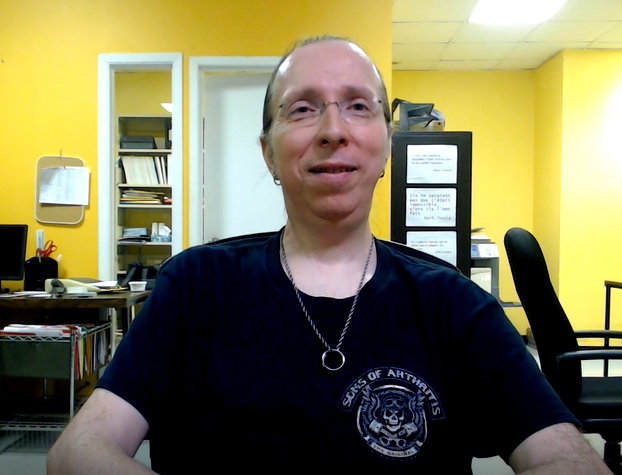
These long distances between areas and lack of signage are all over the city, whether it's a hospital, a mall or even Metros labeled as accessible. For someone with chronic pain or who uses a manual wheelchair, it just adds to our pain and exhaustion. My disability is as real as one that is made visible with an assistive device."